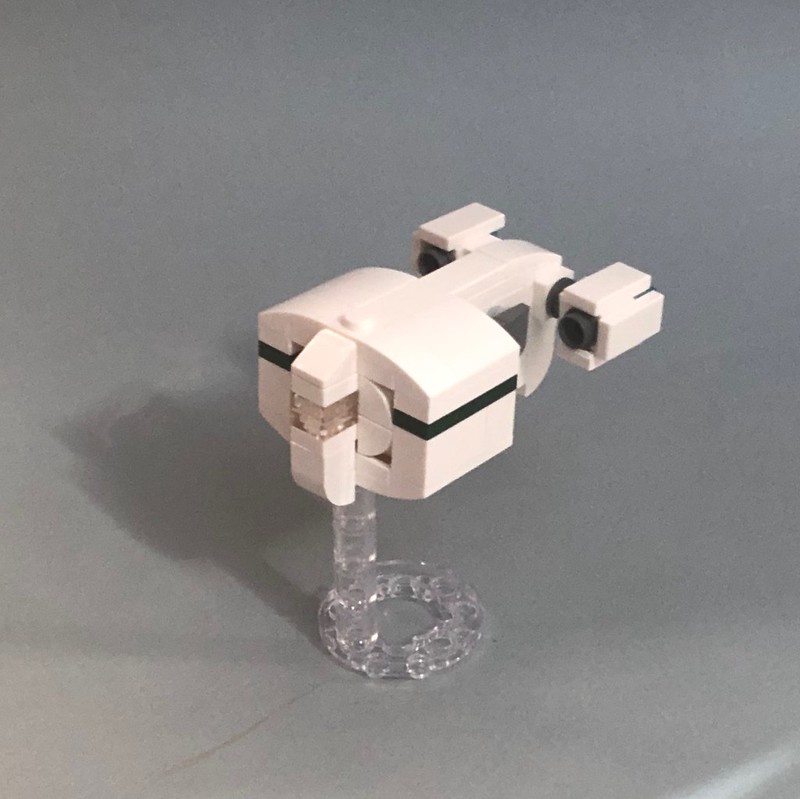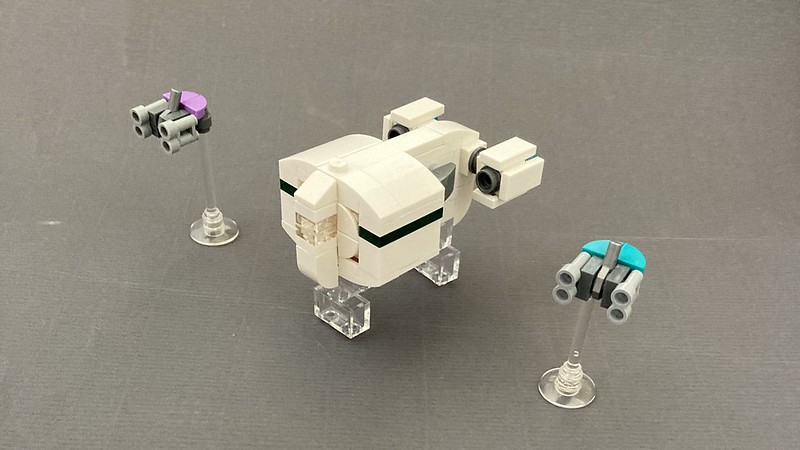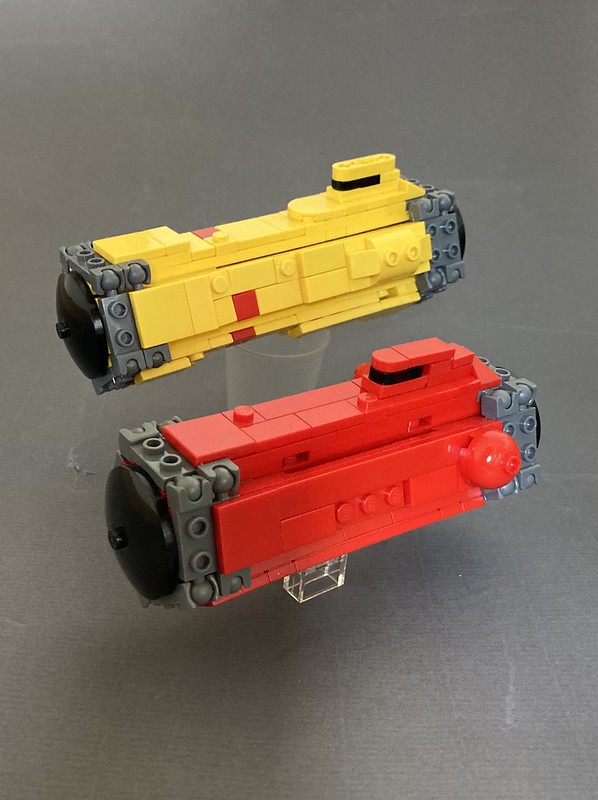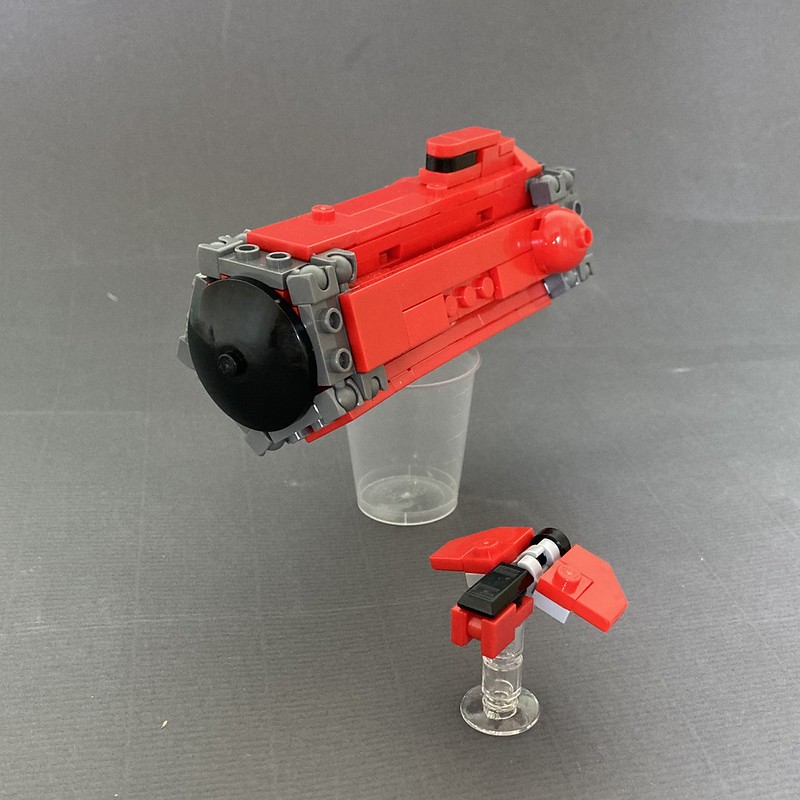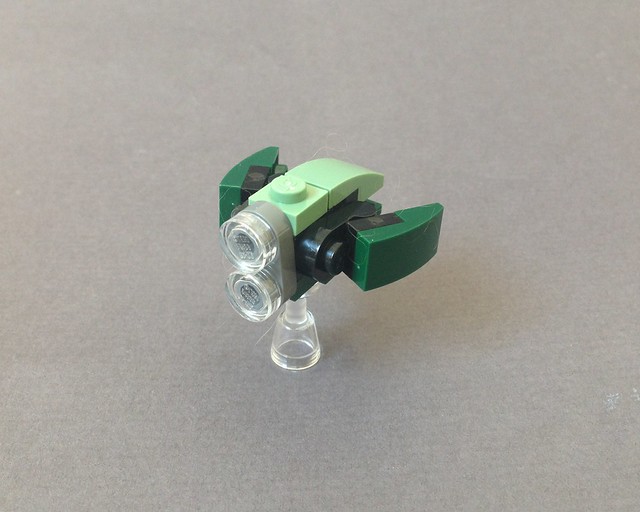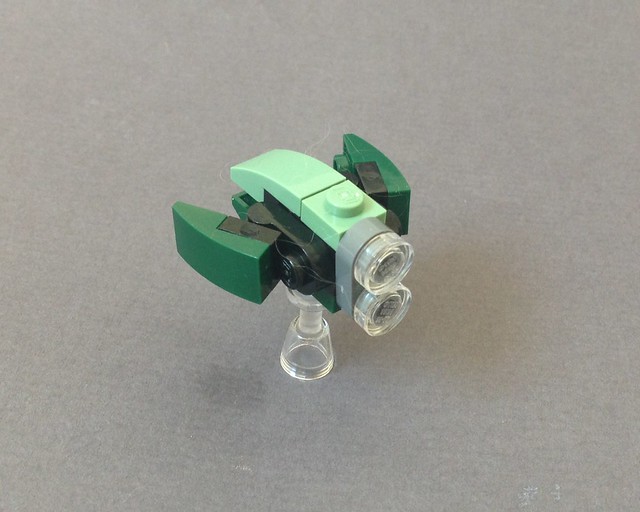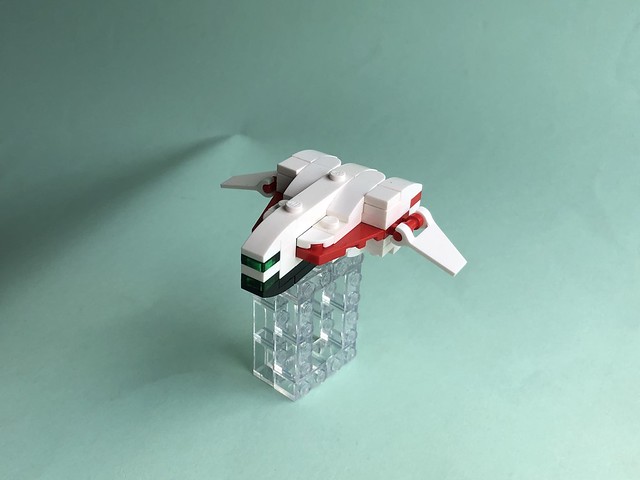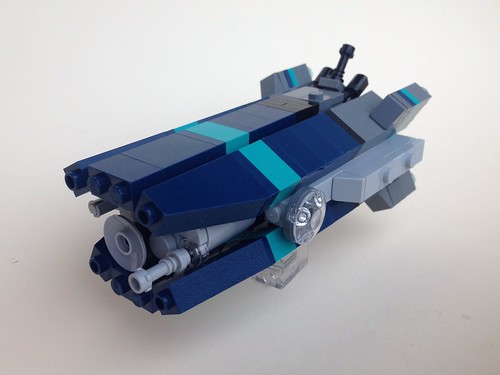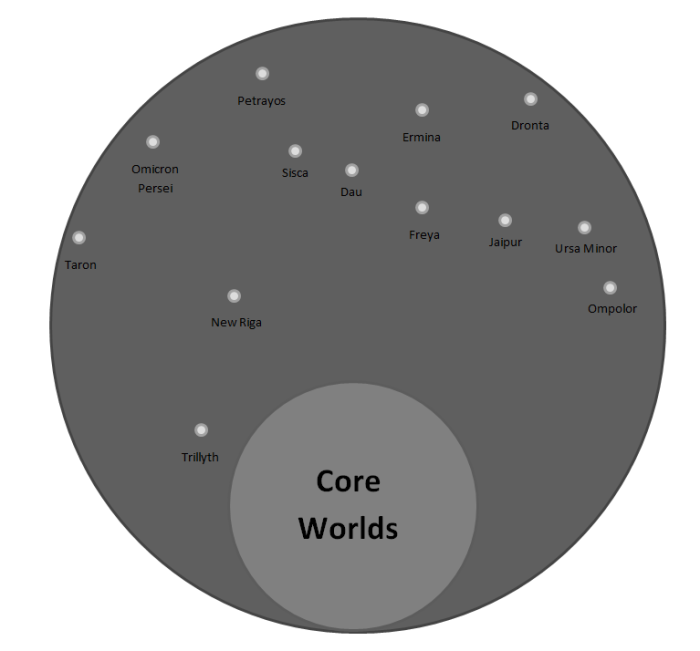
The C-89 Feronia Industries Heavy Lift Shuttle is a workhorse of a ship, used extensively from Sol to the outer reaches of human space to move cargo from A to B. It is capable of carrying even hazardous cargo through heavy gravity environments and over long ranges.
It has room for upto 30 people in relative comfort or a respectable amount of crated cargo; loading occurs via the sliding doors on each side, though it is easily modified to feature a ‘belly’ hatch. The ship is designed for civilian use and so no weapons and limited shields are available as standard.
Several C-89 (M-Variant, set up with medical beds and triage facilities) were used as part of the UN relief force to colonies devastated by solar flares and other disasters in the late Third Age, giving the ship some unexpected PR.
Another popular variant, C-89C, is equipped with basic colonising and terraforming kit for finding new worlds to settle.
—

The C89 Heavy Lift shuttle has seen a number of tweaks and aftermarket modifications; none more fundamental than the ‘Molotov’ version, popular with pirates, smugglers and other criminals. First and foremost, the ship’s systems are been stripped back to the bare minimum of complexity, leaving a spartan interior. Mounted on the ‘chin’ is a EMP projector, a wild and chaotic weapon outlawed in civilised systems. The ‘Molotov’ modification features a ‘juiced’ version capable of dangerous overload.
Users of this ship have a simple approach; sneak up on prey (usually merchant convoys, high value transport vessels) and attack. The EMP disables most ship systems within close range, including the Molotov’s. The stripped back and rudimentary flight and control systems mean the Molotov’s crew can get the ship working again within half an hour. This is a routine the pirates drill for many hours, like a raircing crew changing tyres. Once back operational, they able to choose a stricken target ship to board. Unless the ship has a marine contingent on board, it is usually easily pickings for the pirates who can steal the cargo, but not the ship itself which remains disabled.
The ship is seldom seen in civilised space; it is both illegal as well as vulnerable to any form of police or military response, featuring no armament beyond the one-shot EMP and little ability to evade attack. Merchants and traders speak about them like the boogeyman and superstitious ship captains never travel the colonial trade routes without an escort, just in case Molotovs are lurking around.
The VTOL, vector-thrust engines are the other vastly different aspect to the ship compared to the stock model; they were added for sake of simplicity as well as to aid in landing and take off in hangars and planetside. They give the ship respectable thrust but a lower top speed than the stock model.
 //embedr.flickr.com/assets/client-code.js
//embedr.flickr.com/assets/client-code.js